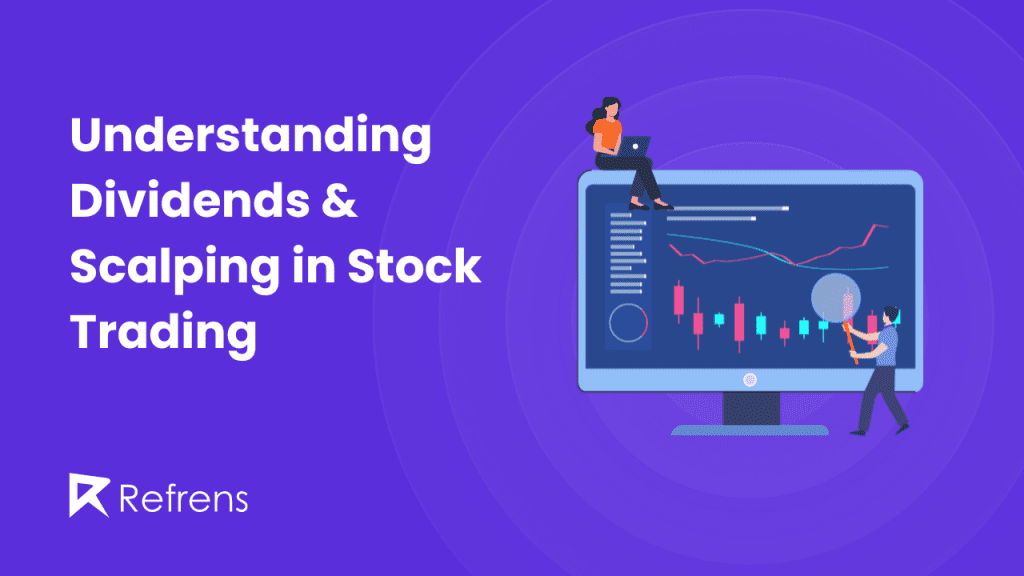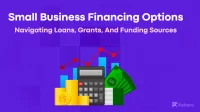Investing in the stock market can be a lucrative way to build wealth over time, but it requires knowledge and strategy. Two key concepts every investor should understand are dividends and scalping. These strategies cater to different investment styles and goals. In this article, we will explore what dividends are, how they benefit investors, and the intricacies of scalping, including its risks and rewards.
What Are Dividends?
Dividends are payments made by a corporation to its shareholders, usually in the form of cash or additional stock. These payments are typically derived from the company’s profits. Dividends provide a steady income stream, which is especially appealing to long-term investors seeking regular returns. Apa itu dividen can be a fundamental aspect of an investment strategy focused on stability and income.
Types of Dividends:
- Cash Dividends: These are the most common type, where shareholders receive a direct payment per share owned.
- Stock Dividends: Instead of cash, shareholders receive additional shares of the company.
- Special Dividends: These are one-time payments, usually made after an exceptionally strong financial performance.
Benefits of Dividends:
- Regular Income: Investors receive a periodic instant payout, providing a reliable income stream.
- Reinvestment Opportunities: Dividends can be reinvested to purchase more shares, potentially compounding returns over time.
- Market Confidence: Regular dividend payments are often a sign of a company’s financial health and stability.
The Strategy of Dividend Investing
Dividend investing involves selecting stocks known for their reliable and high dividend payouts. This strategy is often preferred by conservative investors who prioritize steady income and lower risk over high growth potential.
Key Considerations:
- Dividend Yield: This measures how much a company pays in dividends relative to its stock price. A higher yield can be attractive but may also indicate higher risk.
- Payout Ratio: This is the proportion of earnings paid out as dividends. A lower payout ratio suggests the company retains more earnings for growth.
- Dividend History: Consistent dividend payments over time can indicate a company’s commitment to returning value to shareholders.
What is Scalping?
Scalping is a high-frequency trading strategy aimed at making small profits from minor price movements. A scalper typically holds a position for a very short time, sometimes just minutes, and makes numerous trades throughout the day. This strategy requires a disciplined approach and an ability to make quick decisions.
Investing in the stock market can be a lucrative way to build wealth over time, but it requires knowledge and strategy. Two key concepts every investor should understand are dividends and scalping. These strategies cater to different investment styles and goals. In this article, we will explore what dividends are, how they benefit investors, and the intricacies of scalping trading, including its risks and rewards.
Key Characteristics of Scalping:
- High Volume: Scalpers rely on executing a large number of trades to accumulate significant profits.
- Small Price Movements: Profits per trade are minimal, so scalpers focus on capturing small price fluctuations.
- Quick Execution: Speed is crucial, as delays can result in missed opportunities or losses.
Tools and Techniques:
- Technical Analysis: Scalpers use charts and technical indicators to identify short-term price patterns and trends.
- Level II Quotes: These provide detailed information about the supply and demand for a stock, helping scalpers make informed decisions.
- Automated Trading Systems: Many scalpers use algorithms and trading software to execute trades rapidly and efficiently.
Risks and Rewards of Scalping
Scalping can be highly profitable but comes with significant risks. The need for quick decision-making and constant monitoring can be stressful and time-consuming.
Advantages:
- Potential for High Profits: With the right strategy and execution, scalpers can generate substantial returns.
- Liquidity: Scalping typically involves highly liquid stocks, allowing for quick entry and exit from positions.
- Limited Exposure: Short holding periods mean less exposure to market risks and news events.
Disadvantages:
- High Transaction Costs: Frequent trading can result in significant fees and commissions, eating into profits.
- Emotional Stress: The fast-paced nature of scalping can lead to high stress and emotional strain.
- Risk of Losses: Mistakes or delays can lead to rapid losses, and the small profit margins per trade require a high success rate to be profitable.
Combining Strategies
Some investors use a combination of dividend investing and scalping to balance their portfolios. While dividend stocks provide steady income and long-term growth potential, scalping can offer additional short-term gains. However, managing both strategies requires careful planning and discipline.
Conclusion
Understanding apa itu dividen and the role of a scalper can significantly enhance your trading strategy. Whether you prefer the steady income from dividends or the fast-paced action of scalping, both approaches have their place in the investment world. By leveraging the benefits and managing the risks of each strategy, investors can create a well-rounded and profitable portfolio.



















